Lockheed Martin collaborating with U.S. Army to improve space-enabled defense systems
Lockheed Martin has signed a Cooperative Research and Development Agreement (CRADA) with the U.S.Army Combat Capabilities Development Command’s Aviation and Missile Center (AvMC) to advance Beyond Line of Sight (BLOS) connectivity.
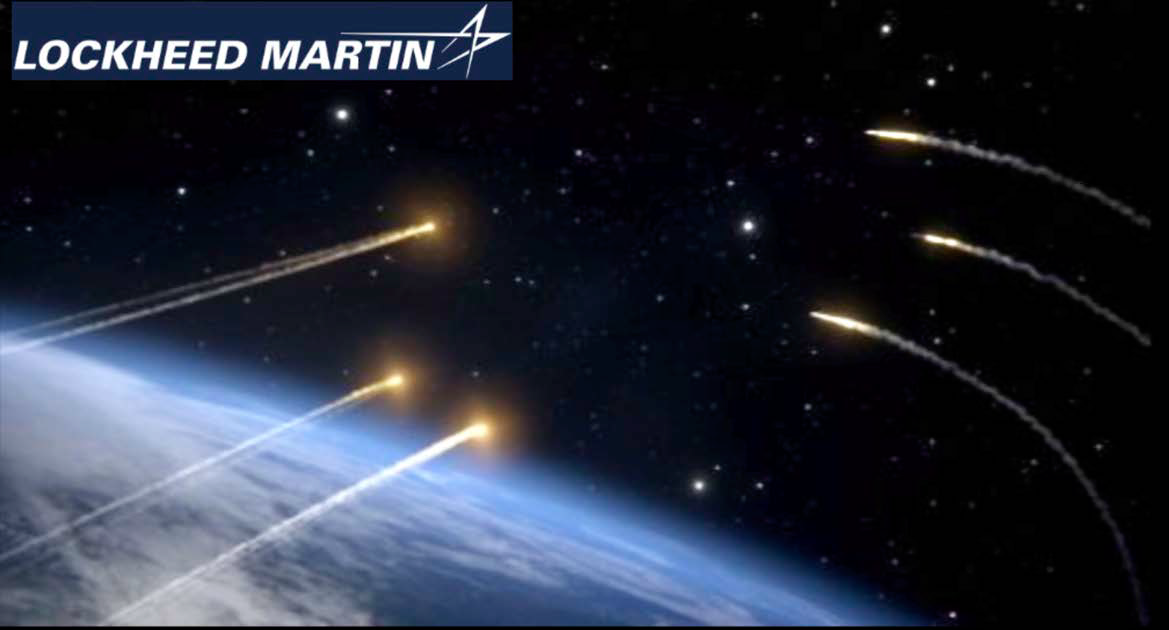
Under this CRADA, Lockheed Martin and AvMC will jointly develop and demonstrate space- enabled defense systems.
Through this CRADA, Lockheed Martin and the U.S. Army will conduct design, development, integration, and test risk reduction activities using AvMC’s Redstone Arsenal, Alabama- based, System Integration Lab (SIL) to identify and develop concepts of operations for linking ground-based platforms to the space domain.
The team will investigate capabilities that improve satellite communications (SATCOM) to defense systems, identify overlapping capabilities that can facilitate connectivity, look for capability gaps, conduct hardware-in-the-loop tests, test the connectivity between platforms at various speeds, explore ancillary use of communications systems and more. As work begins, the team will leverage the SIL for its integration, test and analysis tools to support evolving prototypes.
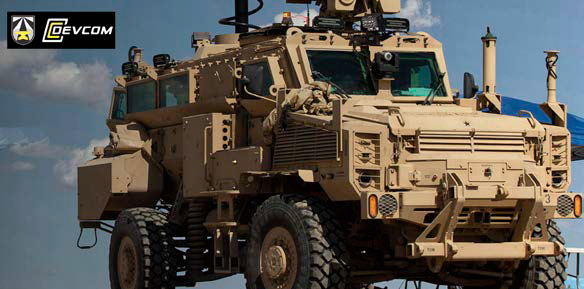
The SIL’s advanced modeling and simulation tool suite will enable the team to accelerate the delivery of experimental prototypes and align technical performers across government agencies and industry.
“Lockheed Martin brings a legacy of experience in supporting our tactical warfighters, and we recognize the importance of providing them with next generation capabilities. Our collaboration with AvMC will assist in developing a more effective, survivable and affordable battlefield-connected 21st century security technology for our government customers and international allies by connecting platforms with space assets, helping deter future threats.”
— John Schierling, Lockheed Martin director for Tactical Space Programs
The Space Enterprise Consortium being used by L3Harris for the Missile Track Custody program + also awarded a million$$ contract
L3Harris will develop a mission payload design to support the Missile Track Custody (MTC) program, through the Space Enterprise Consortium (SpEC) Other Transaction Authority (OTA) vehicle awarded contract.
The U.S. government recently selected L3Harris to join Millennium Space Systems and Raytheon Intelligence and Space in the MTC effort, strengthening national defense capabilities.
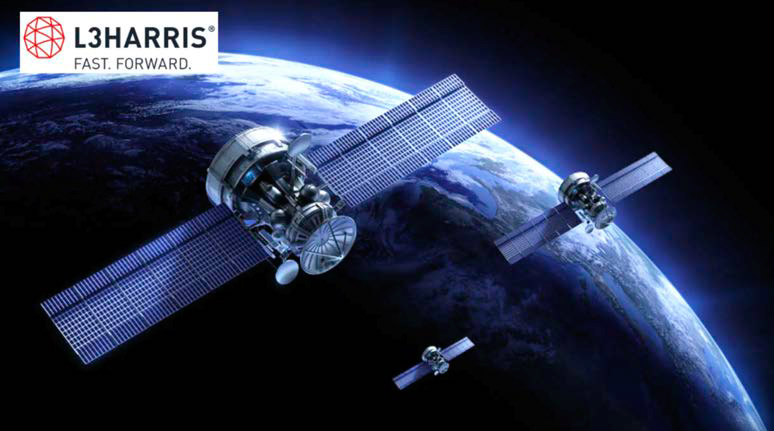
This award, valued at nearly $29 million, reaffirms L3Harris’s commitment to innovation and excellence in providing cutting-edge solutions for complex defense challenges.
The history of missile tracking within the United States (U.S.) Department of Defense (DoD) spans several decades, reflecting the continuous evolution of defense technology.
Starting in the mid-20th century, the DoD established a variety of programs and initiatives to develop and enhance missile tracking capabilities.
From the early radar-based systems employed during the Cold War era to the advent of satellite-based tracking and advanced sensor technologies, the DoD has remained at the forefront of missile tracking advancements.
Over the years, numerous agencies, defense contractors, and research institutions have collaborated with the DoD to improve tracking accuracy, range, and real-time data fusion.
Today, the U.S. Space Force (USSF) is collaborating with the Missile Defense Agency (MDA) and the Space Development Agency (SDA), under the leadership of the Chief of Space Operations (CSO), to develop a collaborative, unified Overhead Persistent Infrared (OPIR) Enterprise solution, in support of missile warning (MW), missile tracking (MT), and missile defense (MD).
The goal is to produce a capability that precedes projected threats in a congested and contested space domain, while meeting warfighter requirements. These efforts all lead to significant advancements in missile surveillance, enabling the U.S. to bolster its national defense and maintain a vigilant watch over potential threats to security at home and abroad.
The Missile Track Custody program, an ongoing initiative aimed at enhancing the nation’s missile defense capabilities from MEO, was initially awarded to Millennium Space Systems and Raytheon in May of 2021.
Leveraging their expertise, both companies played a pivotal role in advancing the MTC program to its current stage. Building upon this foundation, L3Harris’s inclusion will further accelerate progress and drive technological advancements vital to the nation’s security.
Through the MTC program, L3Harris will collaborate closely with government agencies, defense contractors and industry partners to design cutting-edge capabilities in missile track custody.
By leveraging advanced sensor technologies, data fusion, and sophisticated analytics, the MTC program aims to enhance the ability to track and monitor potentially threatening missiles, providing a critical layer of defense for the nation and its allies.
About SpEC
The Space Enterprise Consortium (SpEC) was created in 2017 through the Air Force Space Systems Command to bridge the gap between military buyers and commercial space startups and small businesses through OTAs. Companies interested in joining the Space Enterprise Consortium can select this link for more info...
Additionally, the U.S. Air Force awarded L3Harris Technologies an $81 million contract to deliver a new multi-orbit, multi-waveform, satellite communications (SATCOM) capability.
The Air Force’s Strategic Development and Planning office is overseeing the contract as part of its ongoing Global Lightning program to develop deployable systems that connect military satellites, protected waveform infrastructure and new commercial space internet satellite constellations into a single network.
L3Harris will leverage its Rapidly Adaptable Standards-compliant Open Radio (R_A_S_O_R_™) to deliver resilient, protected, high-bandwidth, high-availability communications and data-sharing capabilities.
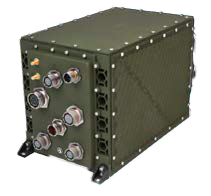
Photo of the L3Harris RASOR
“Our goal is to extend seamless data connection to a wide variety of manned and unmanned airborne platforms, ground and surface platforms, and other operating locations utilizing low-Earth orbit and other satellites. These capabilities leverage our L3Harris open-systems approach to drive reusability, affordability and the rapid adoption of path-agnostic communications. RASOR has led and will continue to lead the resilient and advanced capability needs of our customer’s missions.”
— Brendan O’Connell, President, Broadband Communications, L3Harris
This award continues L3Harris’ support of the ongoing Global Lightning program. In 2020, the Air Force awarded contracts that successfully established multi-orbit SATCOM terminals for multiple aerial platforms.
The company has showcased RASOR in a series of military and industry demonstrations since its 2021 launch, including flight demonstrations with the Air Force and General Atomics.
Viasat selected by AFRL to deliver space relay comms for multi-orbit mission
Viasat Inc. (NASDAQ: VSAT) has been selected by the Air Force Research Laboratory (AFRL) Space Vehicles Directorate (RV) to provide on-orbit, space relay connectivity for the agency’s ARBALEST program, which aims to support a future, space-based demo of operational capabilities for the Department of Defense (DoD).
The future AFRL mission will illustrate the advantages of enabling real-time, global connectivity between DoD LEO spacecraft and commercial GEO satellites.The ARBALEST program and expected AFRL-led mission will demonstrate the military utility of LEO space relay over commercial high throughput satellites in support of space mission resilience, real-time data dissemination, command and control (C2), as well as the rapid re-tasking of government space vehicles.
Viasat’s space relay solution is key to enabling these capabilities and will leverage the upcoming ViaSat-3 constellation, which includes three,, terabit-class GEO satellites, to provide continuous coverage for LEO spacecraft anywhere and at any time in their orbit.
Under the ARBALEST program, Viasat will provide AFRL with a Ka-band space relay payload for integration into a spacecraft for the future AFRL mission, as well as provide engineering analysis, integration and test support. Viasat will also support the on-orbit demonstration phase of the mission.
Viasat’s on-orbit connectivity solutions are designed to reduce data latency, provide real-time tasking of on-orbit assets, and enhance resilience through multi-path networking schemes. The space relay service will be a new offering to help commercial and government LEO operators share time-sensitive data more effectively and remain in constant contact with their spacecraft, allowing them to send commands and receive data at any time – all through the high-capacity, resilient ViaSat-3 constellation.
This future AFRL mission will be the first pathfinder demonstration of Viasat’s space relay service. The Viasat space relay service is expected to achieve initial operational capability in late 2025.
“Viasat is very excited to expand its partnership with AFRL and to accelerate the delivery of advanced commercial space- based communications for the DoD. This real-time space relay capability will offer an efficient method of moving LEO satellite data to the ground for operations and will help increase resilience for future U.S. space missions and benefit warfighters with more direct, immediate access to information and data.”
— Craig Miller, President, Viasat Government Systems
Space Systems Command assigns 12 missions for National Security Space Launch Phase 2 FY23 Order Year
Space Systems Command (SSC) recently assigned 12 National Security Space Launch (NSSL) service missions under the NSSL Phase 2 Launch Service Procurement contract for Fiscal Year 2023.
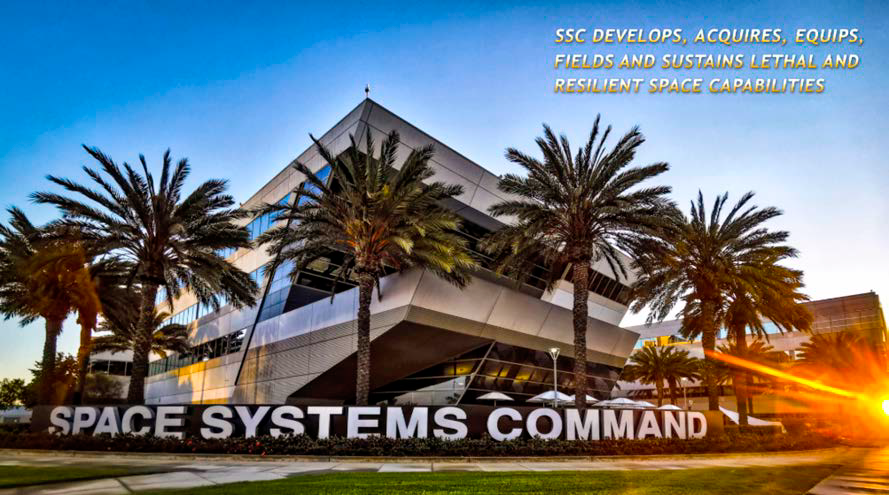
Six missions were awarded to Space Exploration Technologies Corp. (SpaceX) for the Space Development Agency (SDA) Tranche 1 Tracking Layer (T1TL)-B, SDA T1TL-C, SDA T1TL-D, SDA T1TL-E, SDA T1TR-C, and U.S. Space Force (USSF)-31.
Six other missions were awarded to United Launch Alliance (ULA) for the National Reconnaissance Organization (NRO)L-64 and NROL- 83, Global Positioning Systems (GPS) III-08, SDA T1TR-B, SDA T1TR-D, and USSF-114.
NROL-64 and NROL-83 are missions conducted with SSC’s NRO partners. NROL-64 will be launched onboard ULA’s Vulcan rocket from the Eastern range. NROL-83 will launch using ULA’s Vulcan rocket from the Western range.
There are four SDA Tranche 1 Transport Layer launches. SDA’s Transport Layer will provide assured, resilient, low-latency military data and connectivity worldwide to the full range of warfighter platforms. These are the second through fifth launches planned for the Tranche 1 Transport Layer. They will launch using SpaceX’s Falcon 9 rockets from the Western range into polar orbit.
The United States Space Force (USSF) is also ordering three SDA Tranche 1 Tracking Layer launches. SDA’s Tracking Layer will provide global indications, warning, tracking, and targeting of advanced missile threats, including hypersonic missile systems. They will launch using ULA’s Vulcan and SpaceX’s Falcon 9 rockets from the Western range into polar orbit.
The GPS III-8 mission, assigned to launch onboard a ULA Vulcan rocket
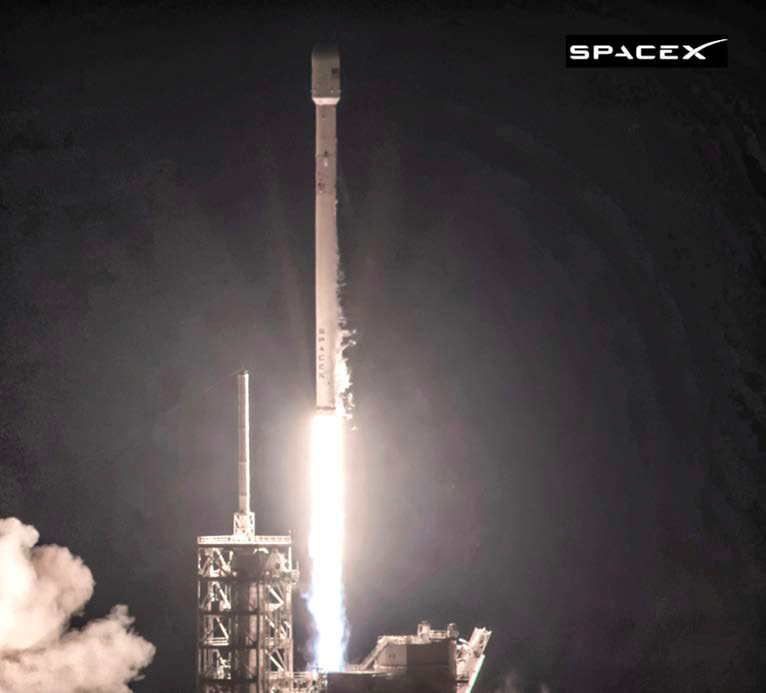
from the Eastern range into MEO, is the eighth of ten projected GPS III missions.
USSF-31 is a classified mission that will launch onboard a SpaceX Falcon rocket from the Eastern range. USSF- 114 is a classified mission that will launch using a ULA Vulcan rocket from the Western range.
“The Space Force’s formidable record of 97 consecutive successful NSSL launches to date is one of the most effective tools we can employ to face the pacing challenge. With this unwavering commitment to maintaining the high ground in the space domain, we send a powerful message to our strategic competitors that we are determined to protect our nation and allies. Our ongoing commitment to successfully launch our secure communications, GPS, and space awareness satellites, and place them into their orbits, continues to provide our warfighters and nation’s decision-makers with the assets and vital information they need every day to stay ahead of and deter adversarial forces.”
— Maj. Gen. Stephen Purdy, SSC’s program executive officer for Assured Access to Space
“We partner closely with our launch service providers and mission customers to deliver critical payloads to orbit precisely, on-time and without failure. ULA and SpaceX continue to provide outstanding launch services with their reliable and innovative launch systems, and we are confident in their ability to maintain the unprecedented 100 percent program success for the NSSL missions assigned for launch in FY25.”
— Col. Chad Melone, SSC’s chief of the Launch Procurement and Integration Division
Stratolaunch expands their fleet with Virgin Orbit’s modified Boeing 747
Stratolaunch, LLC (“Stratolaunch”) has received approval from the U.S. Bankruptcy Court for the District of Delaware to acquire Virgin Orbit’s modified Boeing 747 and its related parts and equipment, marking an expansion of Stratolaunch’s air-launch fleet. The acquisition is expected to close by July 31, 2023.
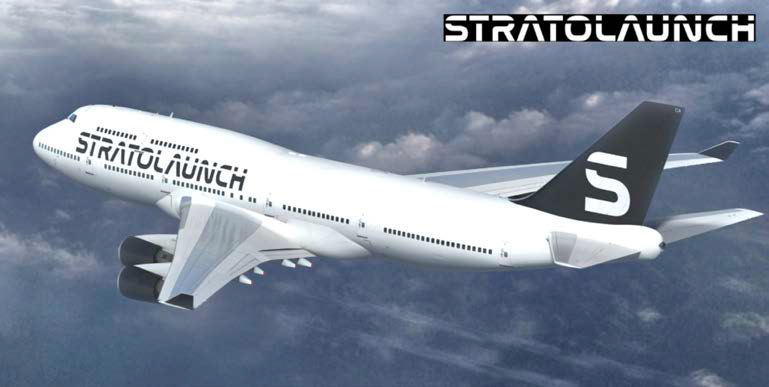
Stratolaunch is a technology accelerator that enables reusable and routine hypersonic testing through world-class aerospace vehicles and in-flight test capabilities.
Upon closing of the acquisition, the additional aircraft will be repurposed as a launch platform for Stratolaunch’s Talon-A reusable, hypersonic testbeds and is expected to be fully operational in 2024.
The expansion of Stratolaunch’s fleet will increase the company’s in-flight test capacity and ability to support government and commercial customers globally.
The acquisition of the modified 747 follows Stratolaunch’s first successful Talon-A vehicle separation test on May 13th.
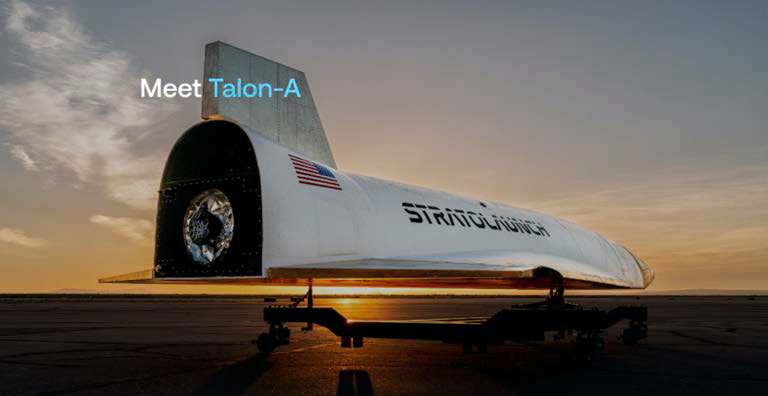
During the separation release trial, Stratolaunch demonstrated clean and safe separation of hypersonic vehicles and confirmed telemetry between the vehicles and on-the-ground communication assets.
With this landmark test complete, Stratolaunch will progress toward its first hypersonic flight of the TA-1 expendable testbed in late summer 2023.
The acquisition is subject to customary closing conditions. Following closing of the acquisition, the aircraft will undergo maintenance and modification to accommodate its new hypersonic test mission. The launch platform will also be renamed in the coming months.
“The addition of this aircraft is a transformational milestone. With Roc remaining as our mainstay aircraft, an additional 747 brings expanded capabilities and flexibility to our platform. We will be able to increase both our flight test capacity and reach to become an even stronger partner to global customers. The need for hypersonic testing has never been greater and we are committed to fulfilling this national imperative. We are making tremendous strides as we continue to enable the future of hypersonic testing. With the recent successful Talon-A separation test, we are excited to prepare for our first hypersonic flight of the TA-1 testbed.”
— Dr. Zachary Krevor, President and CEO of Stratolaunch
TransAstra receives USSF contract to explore apps for Omnivore™ on-orbit propulsion system
TransAstra Corporation has been awarded a Phase One Small Business Innovation Research (SBIR) contract from the United States Space Force (USS) to explore new applications for the company’s patented, propellant- agnostic, Omnivore™ thruster.
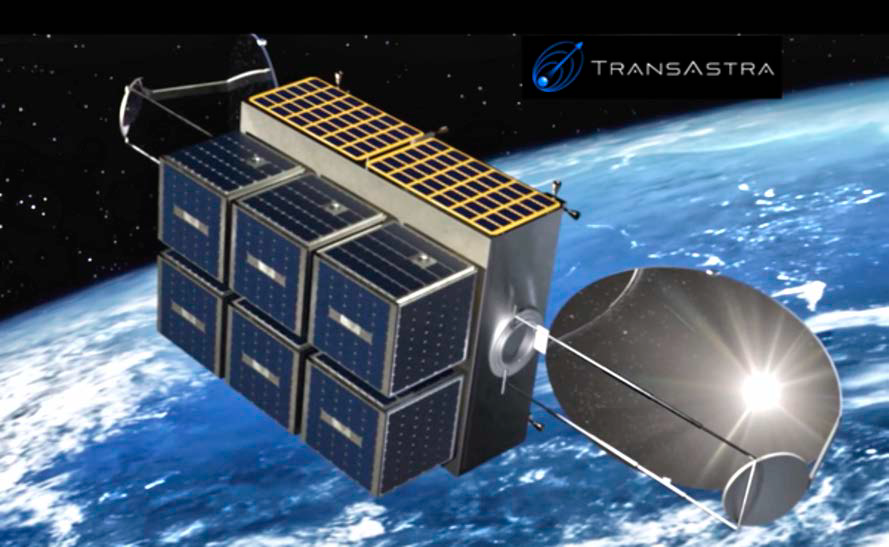
This propulsion technology provides thrust typically six times faster and eight times less expensive than electric systems and enables vehicles to carry payloads several times larger than those using chemical rocket thrusters.
This capability opens up the opportunity for greater access to space and to accelerate space business ecosystem development.
The contract will fund exploration of the propulsion system’s product- market fit for a range of government and commercial customers.
This is the company’s first SBIR award specifically for Omnivore™ and follows several million dollars of prior funding, including SBIR/STTR awards from the Department of Defense and the National Aeronautics and Space Administration (NASA).
The Omnivore™ thruster uses solar reflectors to focus highly concentrated sunlight onto a solar absorber located inside the thruster. The absorber, in- turn, superheats the propellant so that it can expand and accelerate in the rocket’s nozzle providing the safest and most efficient thrust available on the market.
The Omnivore™ thruster is designed to propel the company’s Worker Bee space tugs. Because of the thruster’s capabilities, Worker Bee tugs can deploy full satellite constellations in days instead of the months required by other systems.
TransAstra conducts research on Omnivore™ at their state-of-the-art laboratory in Los Angeles which houses two large vacuum chambers for solar powered rocket testing. The company has completed successful tests on the propulsion system at the facility using a variety of propellants.
TransAstra calculates that when Omnivore operates using liquid hydrogen propellant it will perform similarly to nuclear rockets, but without nuclear materials, costs, or risk. TransAstra performed Omnivore™’s early development under NASA NIAC funding and is now readying the technology for flight demonstration and mission applications.
“This contract reinforces the value of TransAstra’s breakthrough technology and underscores how Omnivore™ will enable critical missions for NASA, the Department of Defense, and the private sector. This is because Omnivore™ is significantly faster and less expensive than electric propulsion and can use ordinary tap water or many other safe, non-toxic fluids as propellant. These factors make Omnivore™ the cleanest, safest, and most affordable propulsion system available or in development. Partly because Omnivore™ is less massive at launch than chemical systems, it provides more affordable access to final destinations such as geostationary and cislunar orbits. This contract opens the doors to understanding how the system can be used and optimized across the space ecosystem.”
— Dr. Joel Sercel, TransAstra CEO
Umbra selected by DARPA for the DRIFT program
The Defense Advanced Research Projects Agency (DARPA) has selected Umbra as one of the agency’s partners for their Digital Radar Image Formation Technology (DRIFT) program.
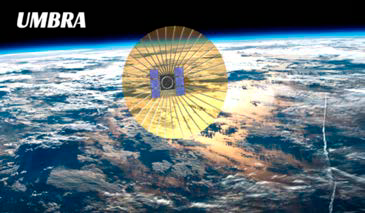
This partnership is a vital part of DARPA’s mosaic warfare vision and aims to demonstrate advanced capabilities to create competitive asymmetries for U.S. national security advantage.
The DRIFT program focuses on using data from at least two Umbra Synthetic Aperture Radar (SAR) satellites flown in formation to enable development of innovative processing algorithms for groundbreaking advances in U.S. capability. The program will advance formation flying and joint collection techniques using Umbra’s SAR satellites to create synchronized monostatic and bistatic data to support program objectives.
Recent advancements in radar technology, led by Umbra, provide the U.S. Government with new and unique opportunities to explore innovative radar-related concepts and pursue a new generation of SAR and RF missions.
Umbra’s satellites are equipped with a powerful SAR payload capable of capturing the highest-resolution radar images ever sold in the open market, operating through day, night, and dense cloud cover. Umbra currently has six satellites in its constellation and is licensed to operate 32 satellites to support DRIFT and other programs for the U.S. Federal Government.
Umbra is committed to delivering cutting-edge hardware and software products to its customers, including the U.S. Government, to address complex business and security challenges for the United States and its allies. Through its performance on the DRIFT program, Umbra aims to deliver breakthrough technologies to support U.S. national security.

